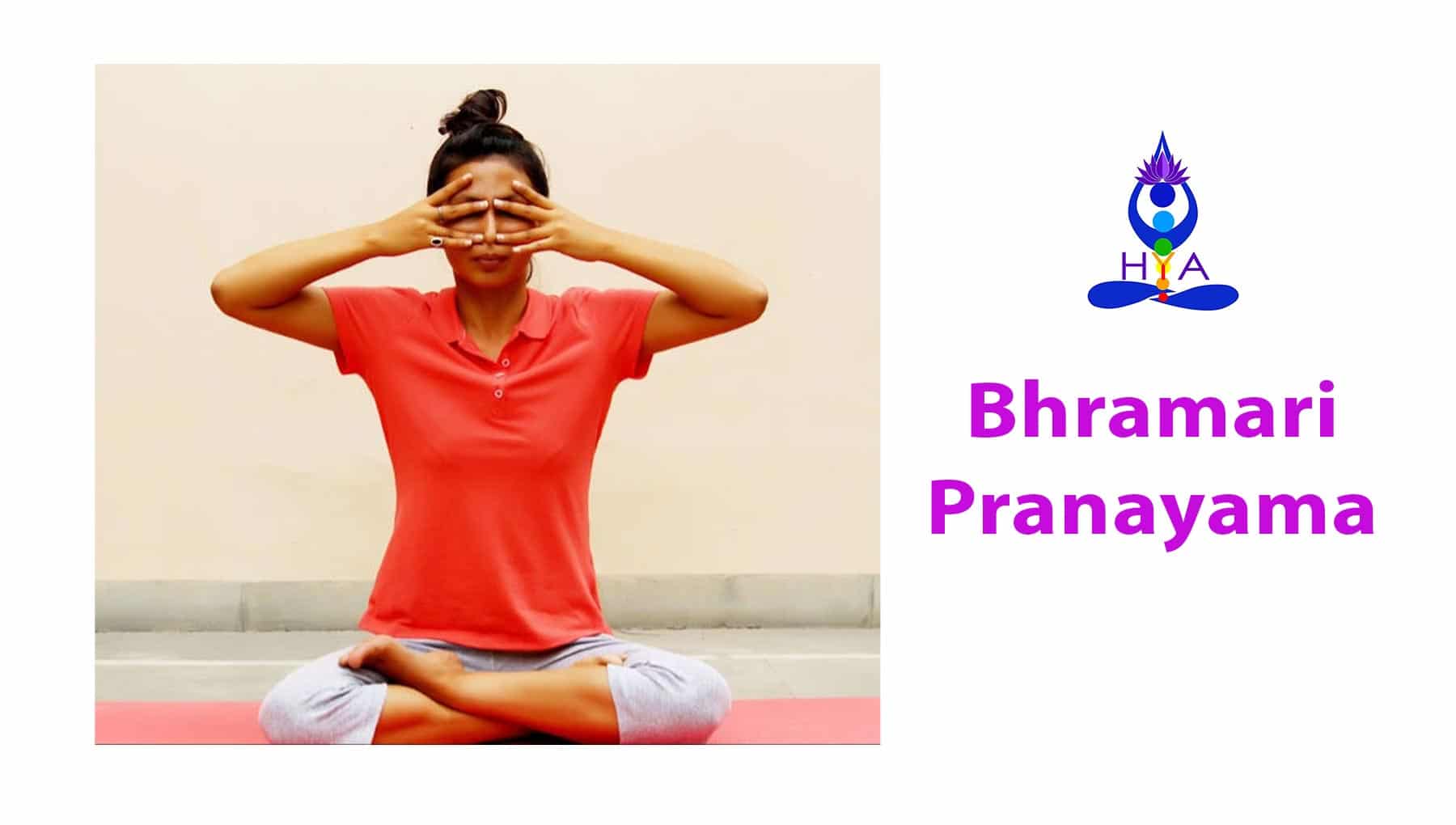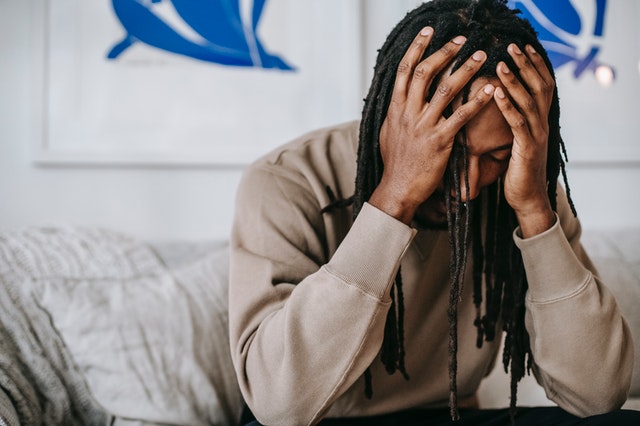Breathwork was recently proven to be just as effective as meditation for stress reduction and management.
Believe it or not, humming is considered to be a functional breathing technique that helps us relax, wind down, or re-center.
How, exactly, is humming good for you?
For starters, it’s been praised as an effective way to calm down before bed thanks to its role in vagus nerve activation.
How Is Humming Good For You?
Our vagus nerve is the longest cranial nerve within our body.
It connects our major organs together, forming the nervous system. When the vagus nerve becomes activated, we switch out of a stressed, fight-or-flight sympathetic state and move into a relaxed, parasympathetic state.
When our bodies and minds leave fight or flight, we can finally relax and calm down. Moreover, feel-good neurotransmitters flood the body once our vagus nerve activates.
Stimulating the vagus nerve leads to reduced inflammation, improved mood, and even better heart health.
@somnifix McConaughey was onto something… 🎧🕺#greenscreen #greenscreenvideo #nitricoxide #vagusnerve #breathwork #humming #parasympatheticactivation #didyouknow #learnontiktok ♬ Mastermind - Taylor Swift
While there are many ways to activate the vagus nerve including breathwork or cold therapy, humming offers a quick way to calm down that you can practice anywhere, anytime – no ice bath needed.
This is because humming creates vibrations that massage the specific section of the vagus nerve near your vocal cords.
As we hum, we default to nasal breathing rather than mouth breathing, which improves oxygenation and produces nasal nitric oxide, a miracle molecule known to act as a vasodilator.
Following nitric oxide production, blood pressure and heart rate stabilize.
Humming Lowers Blood Pressure and Heart Rate
Slow-paced humming leads to slow, steady breathing that improves oxygenation.
As oxygenation improves, blood pressure and heart rate stabilize. This drop in both blood pressure and heart rate promotes deep relaxation and stress reduction.
When we hum, stress hormones like cortisol drop and nitric oxide production rises, helping to bolster the immune system and improve circulation.
Consequently, heart rate variability, or HRV, improves. This metric relates to our body’s ability to process and recover from stressful events.
HRV refers to the amount of time between each heart beat, which may fluctuate. While most of these fluctuations aren’t usually detectable aside from specialized devices, they give insight into current or future health issues.
For example, poor HRV can indicate heart conditions or anxiety. Therefore, by improving HRV with humming, improved heart health (and mental health) follow.
The circulatory system is linked to our lymphatic system – and humming is thought to boost lymph flow.
Hum Your Way to Improved Lymph Flow
The lymphatic system is a network of lymph nodes, lymph fluid, tissues, and more that work together to “drain” out toxins and waste from the body.
Lymph is made up of waste fluid and white blood cells that attack bacteria within our blood and tissues.
Lymph nodes are soft, round structures located throughout the body within areas such as the neck, armpit, and abdomen.
These nodes store infection-fighting cells while also acting as a location where cells can be made. When these nodes recognize bacteria, they swell – which is why the lymph nodes within your neck become swollen during illness.
Therefore, the lymphatic system plays a huge role in immunity and disease protection. However, there’s no pump in our lymphatic system.
Instead, our lymph flow is achieved through alternate methods like exercise, manual massage, deep breathing, and (you guessed it) humming.
In fact, research has proven that humming, singing, and chanting all boost lymph circulation.
As we hum, lymph vessels dilate and allow for more lymph fluid to flow through them. Therefore, humming is the key to draining out excess lymph fluid, promoting healing and strengthened immunity.
Aside from physically moving out “junk,” humming can also help us eliminate mental “junk” by boosting our mood.
Happy Hormones: Don’t Be a Hum Bug!
Since humming activates our parasympathetic nervous system, it removes us from a stressed state and into a relaxed state.
What’s more, humming produces mood-boosting endorphins that help to relieve pain and anxiety during moments of discomfort.

These same feel-good endorphins released during humming are the same ones the body produces while eating and working out.
Humming also leads to increased oxytocin production, a “love” hormone that helps promote trust and affection with others.
Therefore, humming throughout the day may help you feel closer and more empathetic toward the important people in your life.
Beyond that, humming may help us fall asleep faster, giving you yet another reason to hum along to your favorite tune.
Hum Yourself to Sleep
Ever heard of taking melatonin supplements to fall or stay asleep?
While artificial melatonin may help to cure short-term sleep ailments like jet lag, it’s not typically touted as a long-term solution for better sleep.
That said, self-created sounds (like the vibrations of humming) coax the body into releasing more natural melatonin, helping us feel the sensation of sleepiness.

This keeps our internal clock in check, allowing us to feel tired when we should rather than alert and wired.
Moreover, melatonin is more than just a sleep hormone. It’s an antioxidant known to have anti-inflammatory effects – just an added benefit to the sleepy feeling it evokes.
While humming along to a song before bed is adequate, specifically designed humming exercises like Bee Breathing offer the perfect pre-bed humming routine.
Bee Breathing: It’s The Bee's Knees
If you’re still left wondering “Is humming good for you?” try this Bee Breathing exercise and evaluate how you feel afterward.
Also known as Bhramari Pranayama, this humming exercise involves simple steps that you can practice during the day for an extra dose of relaxation or before sleep to fall asleep faster.

Not only does it regulate your breathing patterns; it helps regulate racing thoughts by offering something to focus your attention toward.
To practice Bee Breathing, begin in a comfortable seated position with a straight spine. Close your eyes and close your mouth.
Place both of your thumbs on your ears, resting them with easy, light pressure. Let the rest of the fingers rest naturally on the head.
Breathe in slowly through the nose and exhale, humming as you release your breath. The sound should resemble a buzzing bee, thus giving “Bee Breathing” its name.
Repeat this process up to ten times, allowing yourself an extra few minutes of relaxation or meditation afterward before moving on to another task or falling asleep.
After you complete Bee Breathing before sleep, be sure to address dysfunctional overnight breathing before you shut your eyes for the night.
Hum a Sweeter Tune With SomniFix
Humming offers huge health benefits because it promotes nasal breathing over mouth breathing, increasing nitric oxide production while improving oxygenation.
Mouth tape keeps this habit going even as you sleep. It prevents open-mouth breathing known to cause snoring, which fragments sleep.
When we mouth breathe, our airway tissues fall backward. They vibrate together, producing the sound of snoring.
Since mouth tape prevents mouth breathing while encouraging proper tongue posture and an optimal lip seal, nasal breathing is the only breathing method available.

That means no more snoring and no more over breathing as you rest. Therefore, you’ll spend more time in quality sleep stages each night.
Before you grab the nearest roll of tape, beware that most tapes weren’t designed with skin in mind. Chemicals in their adhesives cause rashes and irritation.
SomniFix, however, was created specifically for mouth taping. Our strips feature a gel-like adhesive free from latex, gluten, and other harmful irritants.
Furthermore, our patented central breathing vent helps you adjust to the sensation of mouth breathing without added panic.
Hum your way to sweeter sleep with the help of SomniFix tonight!






